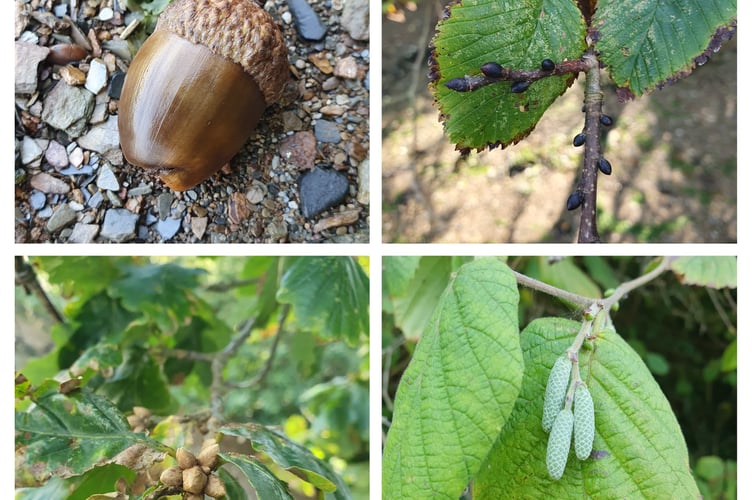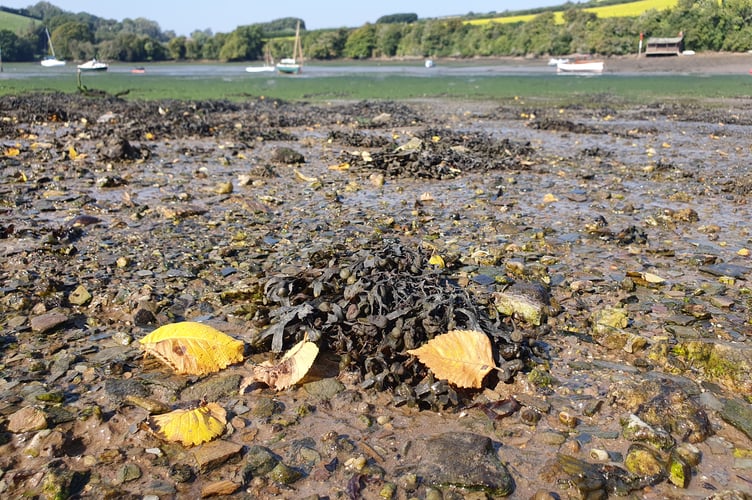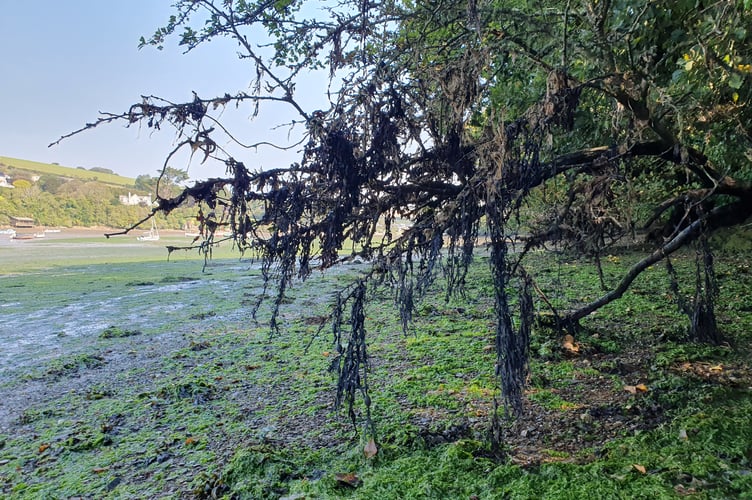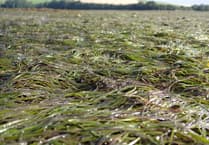Having spent many a day exploring the beaches, coves and mudflats of Frogmore creek, I have many memories from throughout my life both as a child and as an adult. I don’t go there so often now, but when I do I love reminiscing and remembering all the antics I used to get up to.
Last week, with the brisk north easterly wind at my back, I took a stroll along the south shore, nature gazing as I went.
Handily marked by a kink in the wall and the metal mooring post my dad installed many years ago, I paused to take in the former resting place of Puffin, our family's swallows and amazons style dinghy that we used to explore the creek. I remembered the antics that my brother and I would amuse ourselves with whilst dad made the boat seaworthy. One such endeavour was trying to catch the slippery eels that hid under flat stones lying in the path spring water that bubbled up out of the adjacent field and trickled down the wall and across the shore. Every time I come, I have to check to see if they are still here; and sure enough, after lifting a couple of stones, I saw the wiggle of their silvery black bodies as they wriggled off seeking somewhere to new to hide.

Much like the unfathomable journeys of animals such as swallows, arctic turns and monarch butterflies, the European Eels extraordinary migratory story is one that has stuck with me ever since I learnt about it as a child. To think that the little slippery eels that you find in Frogmore Creek have come all the way from sargasso sea, (near the Bahamas) is incredible in itself, but knowing that it is possible for an adult eel to find its way back to where it was spawned in the sargasso sea, when its only previous knowledge of the journey was in the opposite direction, as a microscopic larvae carried and steered by the currents that flow through the North Atlantic Ocean, leaves me in awe of nature.

On this blustery but warm day in September, a few things caught my eye. There were a large amount of gulls all sat facing the wind, all in a row one behind each other, (presumably this helps protect the majority from the wind) and it reminded me that someone at the RSPB once told me that seagull have 4 hours free time a day. I have no idea how this was discovered or if this is actually true, but I have to say they do tend to do a lot of sitting around.

I wandered down the creek and over the spit; a shingly promontory sticking out into the creek. This geological feature is created in an area where there is an abrupt change in direction of the shoreline; the movement of sediment by flowing waters pushes the material onwards and deposits it away from the shore creating a new narrow bit of land.
As I sat for a moment looking over the algae covered mud flats beyond the spit, I watched as bright yellow leaves, the first fallen of the season, fluttered and tumbled over the green carpet of weed, sometimes stopping caught in a patch of seaweed, before being picked up again by the wind and continuing their journey down the estuary.
Making my way back, I turn my attention to the creek cliffs lined with brave trees and bushes clinging on to the earth with their roots. Some dangle their limbs over the estuary, where
low hanging branches act as strainers on the incoming and outgoing tides. They pick up flotsam and jetsam out of the water as it flows through, leaving curtains of seaweed and other debris dangling from twigs like ornaments.
I was impressed with the amount of berries I found; I had to sample the blackberries and elderberries of course, and I even tasted the plump juicy Sloes, something I like to do for fun (even though they are sour and make your mouth go furry!) Hawthorn berries, honeysuckle berries and rose hips all ripe and red waiting for birds to feast on them and take their seeds to propagate elsewhere through their droppings. The holly berries are just turning and the tiny ivy flowers were abuzz with bees and butterflies.
Along with berries, I spotted catkins on the hazel, a large acorn on the shore and fresh looking buds forming on the oak and the elm trees, using the last of this year’s energy to prepare for the next season.
This walk reminded me how much there is still to enjoy as we leave the summer behind and make our way into autumn, with its colourful leaves, bright berries and soon to be plentiful bounty of nuts.




